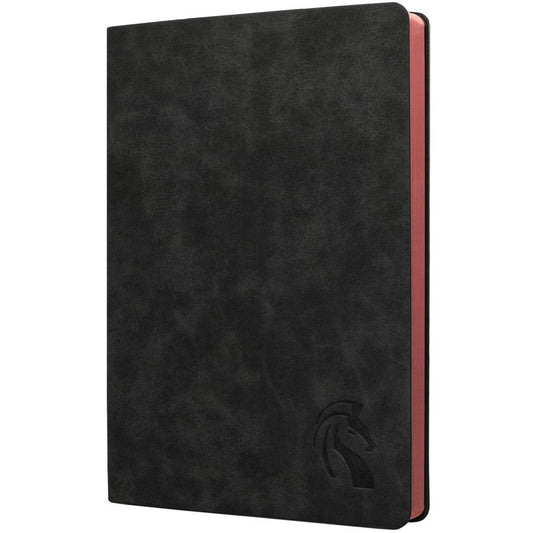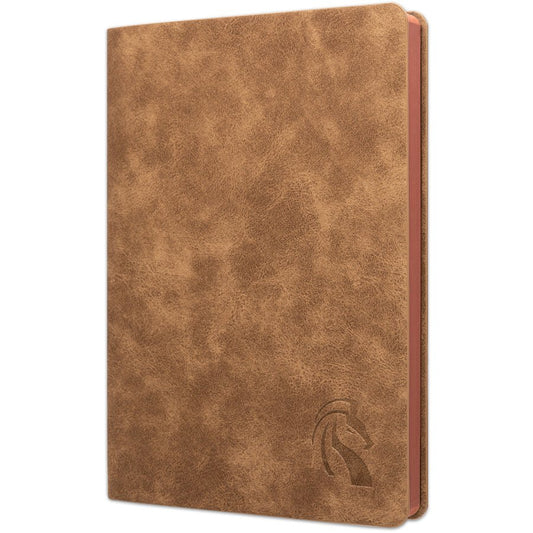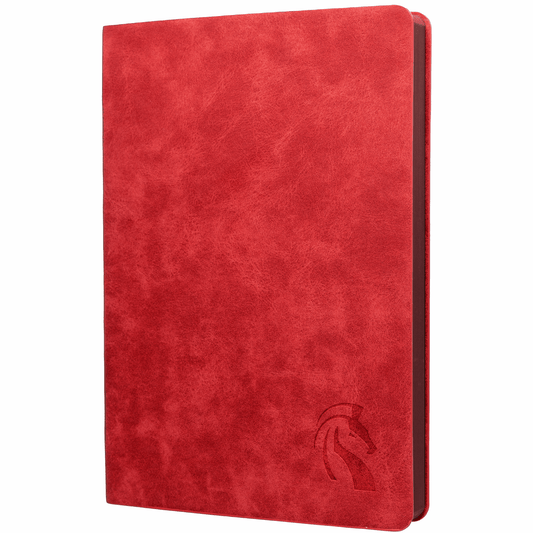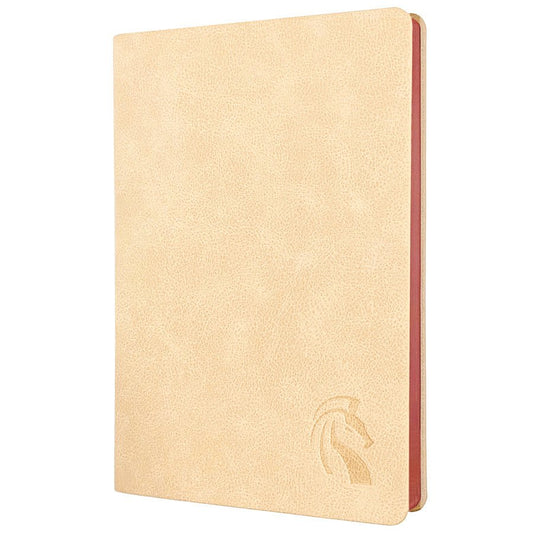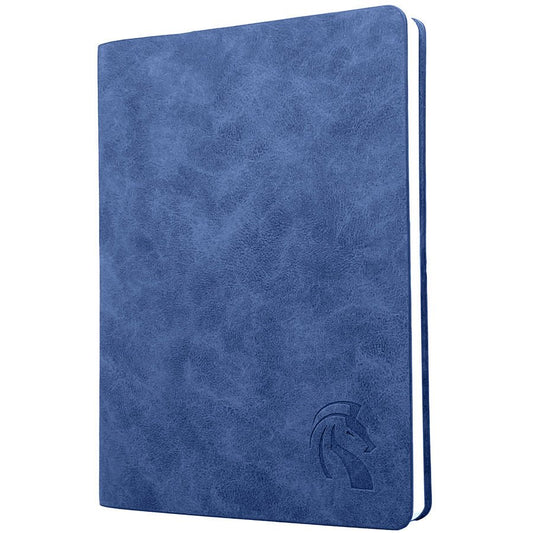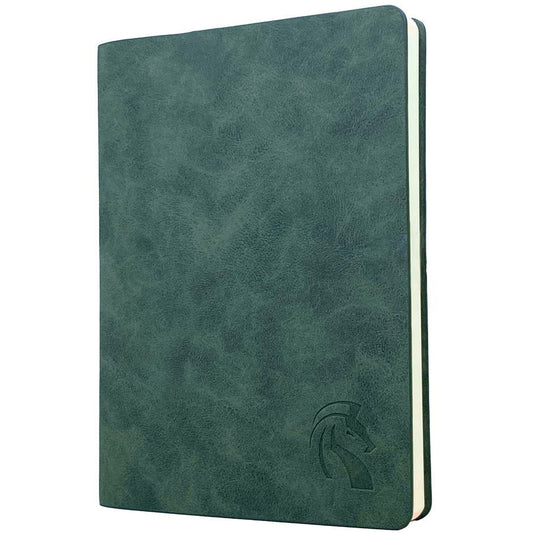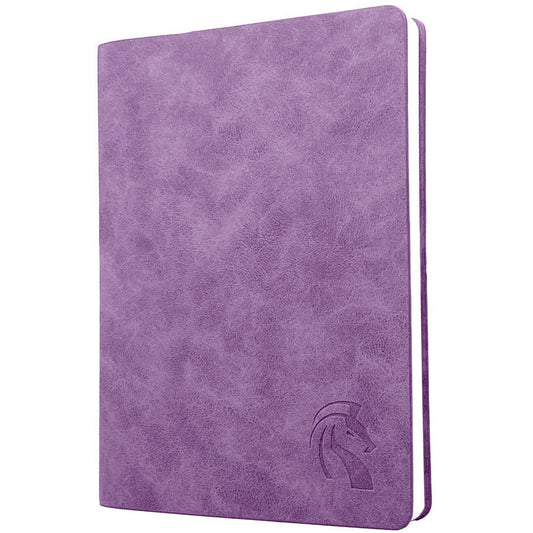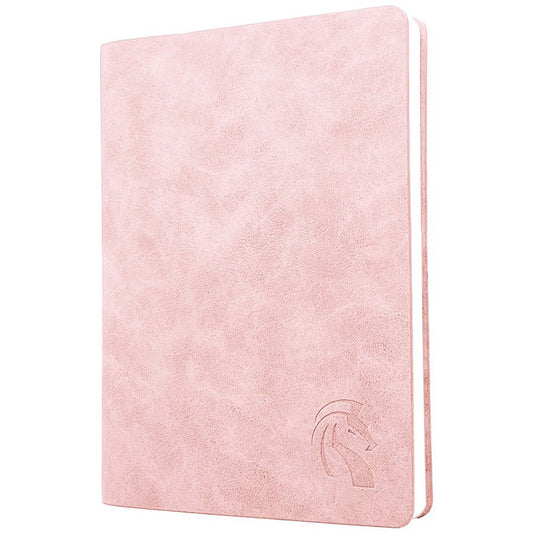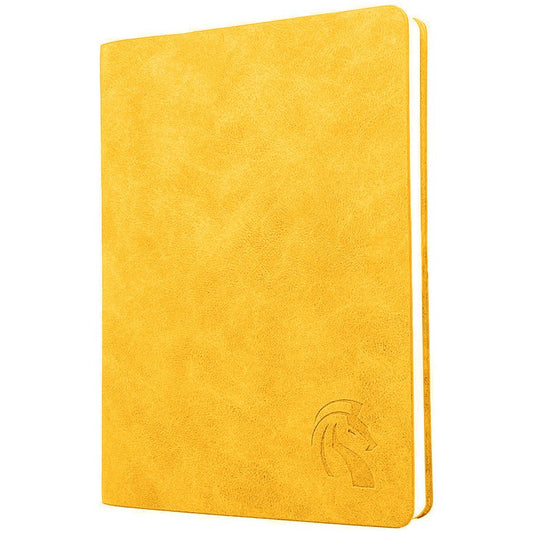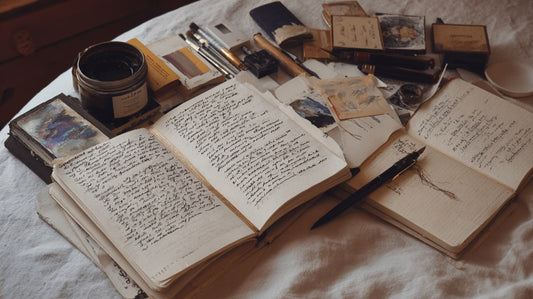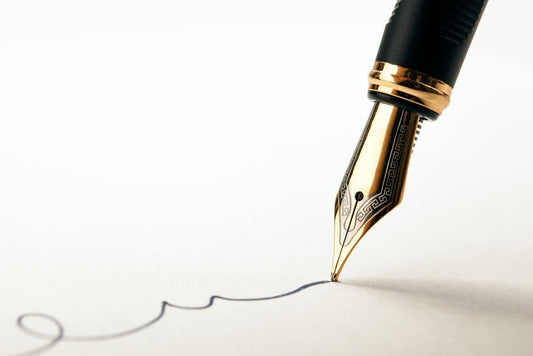
If you're anything like the other people who use fountain pens, you probably have more ink than you could ever use in your whole life. And why on earth not? Because there are so many fantastic inks available to use these days, it would be almost hard not to purchase a new bottle every now and again. Because there is so much ink, there is cause for alarm among a great number of individuals. Does ink have a shelf life? This gives rise to other questions. How long may ink be stored before it becomes contaminated and unsafe to use? What are some signs that the ink has lost its quality? All of these are topics that will be discussed in depth in this essay.
How toxic is fountain pen ink?
What exactly is ink?
Before going any further, it would be beneficial to have a basic understanding of what ink is. The fundamental component in ink is distilled water. Depending on the kind of ink we're discussing, the color in the ink originates from either pigments or dyes. Dye-based inks are also an option. In spite of this, a bottle of ink contains more than simply water and color by itself.
Have you ever taken the time to observe that water has a lower viscosity compared to ink? When you next clean your fountain pen, fill it with water and hold it with the nib pointing down. This will ensure that all of the ink is removed. Some pens may begin leaking water after they have been used for a while. To our great relief, this does not occur while using ink. Because of this, ink contains a surfactant that makes it more viscous and raises its surface tension in order to prevent it from leaking out of pens.
Ink, in addition to containing a number of other components, also includes compounds that are antibacterial. These are designed to inhibit the development of germs that, if they were to get into your pen, would wreak havoc and have the ability to infect and ruin several fountain pens!
Keeping ink bottles in the box they came in is an effective way to shield the ink inside from exposure to light.
Does Ink Expire?
The ink has a very long shelf life as a result of the steps that are taken throughout the production process to guarantee that it does not get contaminated with bacteria. Does it have a date when it should be used by? Not much, but there will come a time when it is no longer of any use. The circumstances under which your ink is kept will determine whether this is the result of simple evaporation or some kind of contamination in the ink itself.
The circumstances in which a bottle of ink is stored may have a significant impact on how long it will remain usable. It's best to store ink somewhere that doesn't get direct sunlight. It should ideally be kept in a place where there is a lot of darkness. If it comes in a box, this is an excellent technique to keep the contents from being damaged by exposure to light. The temperature at which ink is stored ought to be reasonable; there should be no extremes of either heat or cold. You shouldn't have any problems as long as you keep it in the living parts of your home (so no attics or garages).
In order to prevent the ink from being tainted in any way, there are further measures of protection that may be taken. One thing that you should bear in mind at all times is that the likelihood of your ink being polluted increases in proportion to the length of time that it is exposed to potential sources of external contamination. In order to reduce the likelihood of an accident occurring, the cap of the ink bottle should be replaced whenever it is not being used. In addition to that, this will aid in preventing an excessive amount of evaporation. It is important that none of the ink be placed back into the bottle. If there is leftover ink in your pen that you do not intend to use, you should either flush it down the toilet or transfer it to a sample vial so that you may utilize it in the future.
How many more uses does an open bottle of ink have before it goes bad?
If you want to avoid wasting ink from a fountain pen, you should put the ink from the pen into a sample vial rather than the bottle.
How many more uses does an open bottle of ink have before it goes bad?
This bottle of Iroshizuku Yama-budo, which is just half full, was most certainly used, but the contents have not been consumed completely.
Using Older Inks And Vintage Ink Bottles
There are certain individuals who are interested in making use of antique or historic inks that are not currently manufactured. Are they secure for usage at this point? Personal investigation of both the bottle and the ink will provide the only definitive answer to this question. The use of contemporary inks, including limited edition inks like Lamy Dark Lilac, should not provide any problems. The ink should be OK to use as long as it was kept in a clean and dry place, and the bottles have tight seals, so there is no reason to suspect that it has been tampered with. Inks that are either stored in older bottles or have been around for many decades will need a more thorough examination.

Make sure there is enough ink.
The quantity of ink included in a bottle has to be the very first item that you investigate. You are free to go to the next stage if it is entirely occupied at this point. In the event that it is not, you will need to ascertain if the previous owner utilized it or whether it has been used up entirely. If you are unsure, you should always err on the side of caution and presume that part of the liquid has been lost through evaporation. Check the color of the ink with a swab and verify whether it appears right. If the color seems to be too dark or if it does not appear as it should, it is usually better to steer clear of that specific bottle of ink.
Perform a check for solids.
Any kind of solid item is something you really do not want to find in your ink (with the exception of shimmer particles, of course). There is a possibility that extremely old bottles of ink will have a layer that has separated from the ink and settled to the bottom of the bottle. A blocked pen is just begging to happen with this one! Additionally, if this solid is removed from the liquid, it is likely that the color of the ink will be altered in some way.
Mold is something else that you need to keep an eye out for. This is the most worst possible outcome. Mold that has grown in your ink may soon spread to the rest of your pen collection and is very difficult, if not impossible, to cure. There are two distinct types of mold that may grow. If you can see it through the bottle or floating on the surface of your ink, you should not use the ink since it contains a foreign object that should not be there. The second kind is referred to as slime in the bottle, or SITB for short. It is possible for this to conceal itself inside the ink, and you may not notice its presence until you remove a slime-covered nib from your ink container. To determine whether or not it is present in an older bottle of ink, you may use a toothpick to agitate the ink and check to see whether anything adheres to the toothpick as you move it through the ink.
How many more uses does an open bottle of ink have before it goes bad?
A fountain pen should never be used with an ink that has settled to the bottom of the bottle.
Do a Sniff Test First.
The sniff test is the last and most important check that has to be done on any older bottle of ink. Even though ink may have a wide range of aromas, one of its defining characteristics is that it must smell either like chemicals or like something fresh. An unpleasant musty odor will be produced by ink that has gone bad. If you are uncertain about the scent, the safest course of action is to avoid using it.
How many more uses does an open bottle of ink have before it goes bad?
It's possible that this old ink may still be used, but there are a few things that need to be verified first.

Is It Possible to Use Ink That Is Extremely Outdated?
Because I am a collector of antique fountain pen inks, this topic is very important to me for a number of reasons. I have several ancient ink bottles that date back to the 1930s, and they still have ink in them. The vast majority of folks are rather shocked when they learn that I do, in fact, make use of them.
All of the aforementioned tests are valid for determining the quality of antique fountain pen ink. I examine it visually for particles, smell it, and examine the volume of ink in the cartridge. It is hard to determine, in a bottle of ink that is over 50 years old, whether the decreased ink level is the result of evaporation or usage by a former owner. This is one of the things that makes ink so difficult to research. At this point, it is essential to examine the color of the ink. Because vintage inks were not nearly as saturated as current inks, and bottles did not seal as effectively as they do today, it is likely that some of the color has evaporated if it seems to be very dark.
I really hope that this post helps you get more comfortable with the idea of reusing old ink bottles. Even though there is no time limit on the shelf life of ink, it will ultimately lose its ability to be used. This may happen in five years or it could happen in fifty years, depending on how the ink was kept and how it was utilized. If you take the necessary precautions, the ink in a bottle designed for a fountain pen should be used right up to the very last drop.

LeStallion PU Leather Journals
LeStallion Soft Cover PU Leather Journals inspires and excites you to write more, allow you to further grow and develop, so you may achieve your goals and dreams!
SHOP LESTALLION
